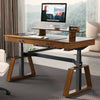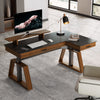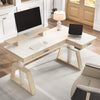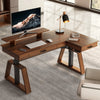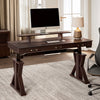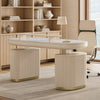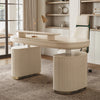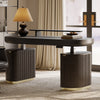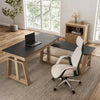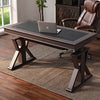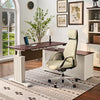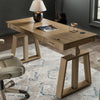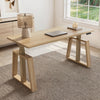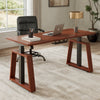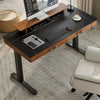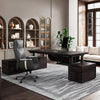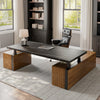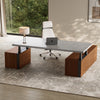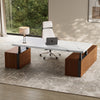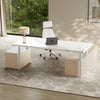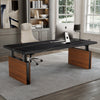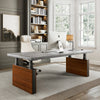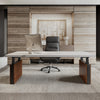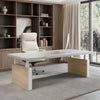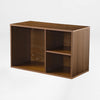Skip to product grid
-
-$200.00 Best Seller
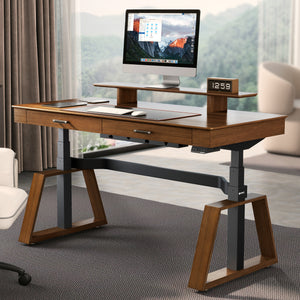
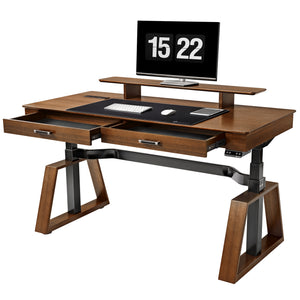
Ark Executive Standing Desk (63"x29")
Regular price $1,599.99Sale price $1,599.99 Regular price$1,799.99Save $200 -
Best Seller
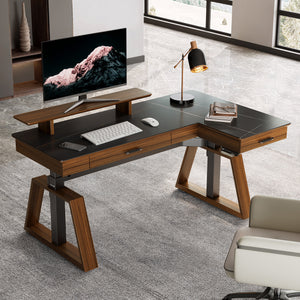
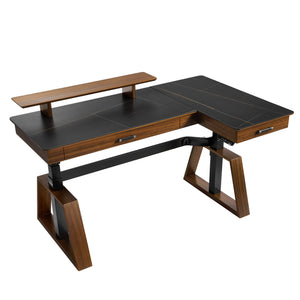
Ark Pro L-Shaped Standing Desk (Sintered Stone, 63"x23")
Regular price $2,599.99Sale price $2,599.99 Regular priceSale $2,399.99 (Save $200) -
-$100.00 Best Seller
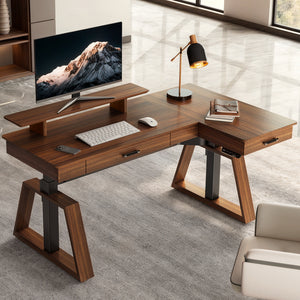
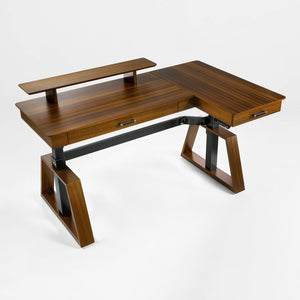
Ark Pro L-Shaped Standing Desk (63"x23")
Regular price $2,099.99Sale price $2,099.99 Regular price$2,199.99Save $100 -
Best Seller
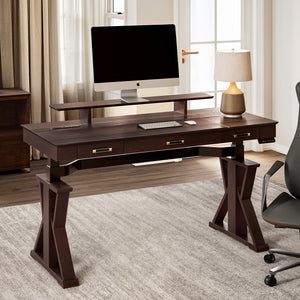
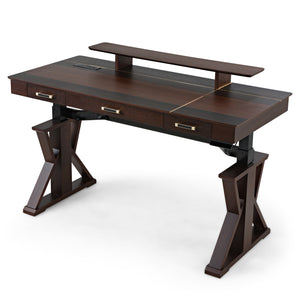
Ark SWS Pro Executive Standing Desk (63"x29")
Regular price $1,999.99Sale price $1,999.99 Regular priceSale $1,799.99 (Save $200) -
-$100.00 NEW
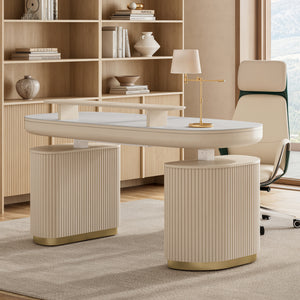
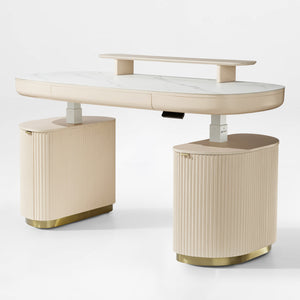
Opal Executive Standing Desk (66"x29")
Regular price $1,899.99 – $2,099.99Sale price $1,899.99 – $2,099.99 Regular price$1,999.99 – $2,199.99Save $100 -
Best Seller
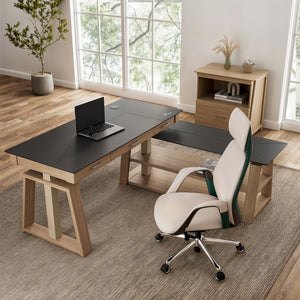
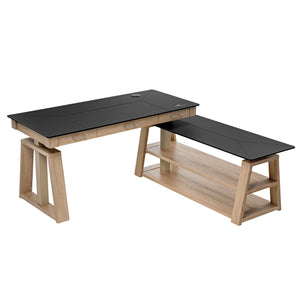
Ark EX Executive Standing Desk (60"x26")
Regular price $1,599.99Sale price $1,599.99 Regular priceSale $1,499.99 (Save $100) -
-$100.00 Best Seller
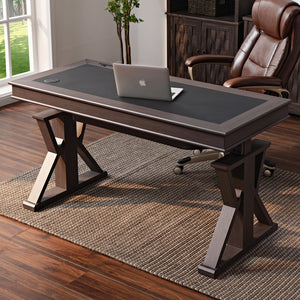
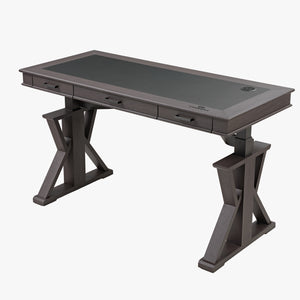
Ark X Executive Standing Desk (60"x26")
Regular price $1,299.99Sale price $1,299.99 Regular price$1,399.99Save $100 -
Best Seller
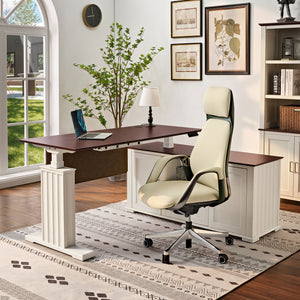
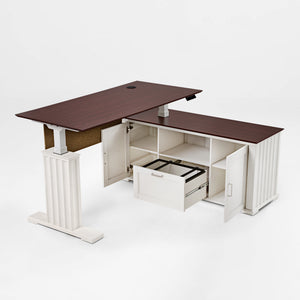
Ark ES Executive Standing Desk (60"x26")
Regular price $1,399.99Sale price $1,399.99 Regular priceSale $1,299.99 (Save $100) -
-$100.00 Best Seller
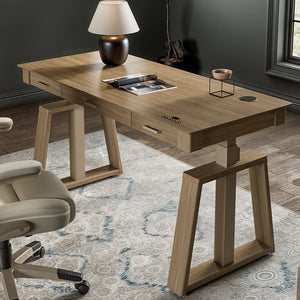
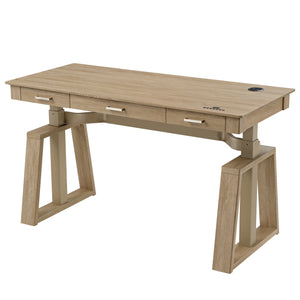
Ark EL Executive Standing Desk (60"x26")
Regular price $1,199.99Sale price $1,199.99 Regular price$1,299.99Save $100 -
-$100.00 Best Seller
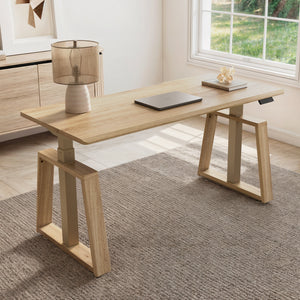
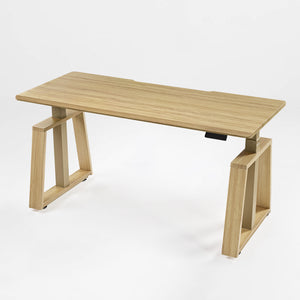
Ark Lite Standing Desk (63"x27")
Regular price $699.99Sale price $699.99 Regular price$799.99Save $100 -
-$100.00 Best Seller
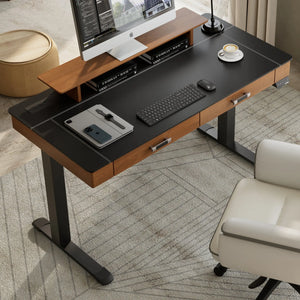
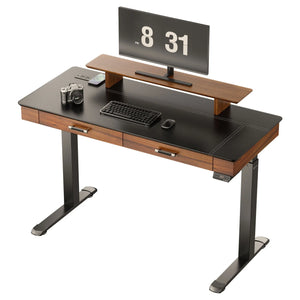
Faux Saddle Leather Adjustable Standing Desk (55"x23")
Regular price $899.99Sale price $899.99 Regular price$999.99Save $100 -
-$300.00 New
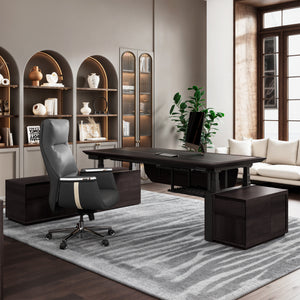
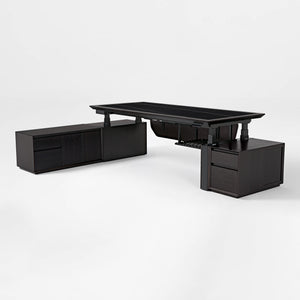
Zen Classic Executive Standing Desk (86"x39")
Regular price $6,499.99Sale price $6,499.99 Regular price$6,799.99Save $300 -
-$300.00 Best Seller
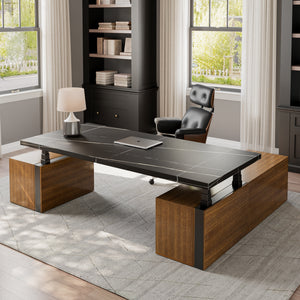
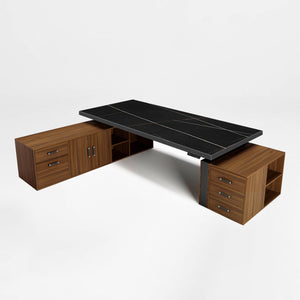
Zen Pro Series, 87"/72" Executive Standing Desk with Cabinets Set
Regular price $6,999.99 – $7,299.99Sale price $6,999.99 – $7,299.99 Regular price$7,299.99Save $300 -
-$4,400.00
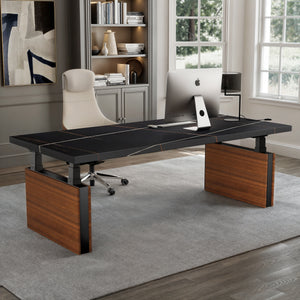
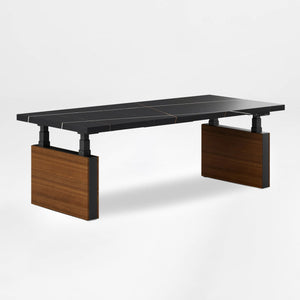
Zen Pro Executive Standing Desk (86"x39")
Regular price $599.99 – $4,999.99Sale price $599.99 – $4,999.99 Regular price$4,999.99Save $4,400 -
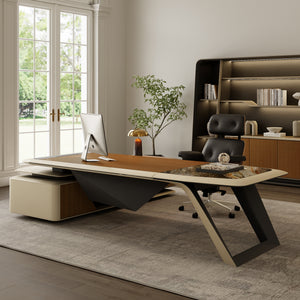

Zen Lunar, Executive Desk & Bookcase
Regular price $12,999.00 – $23,999.00Sale price $12,999.00 – $23,999.00 Regular price -
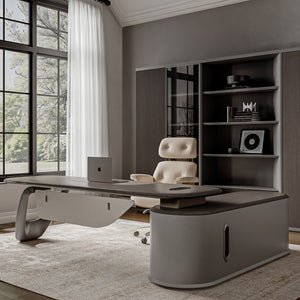

Zen Orion, Executive Desk & Bookcase
Regular price $4,699.00 – $8,999.00Sale price $4,699.00 – $8,999.00 Regular price
Best Desks on sale in Eureka Ergonomic
Desks for sale include gaming computer desks, l shaped desks, standing desks, home office desks, executive office desks, and more.



